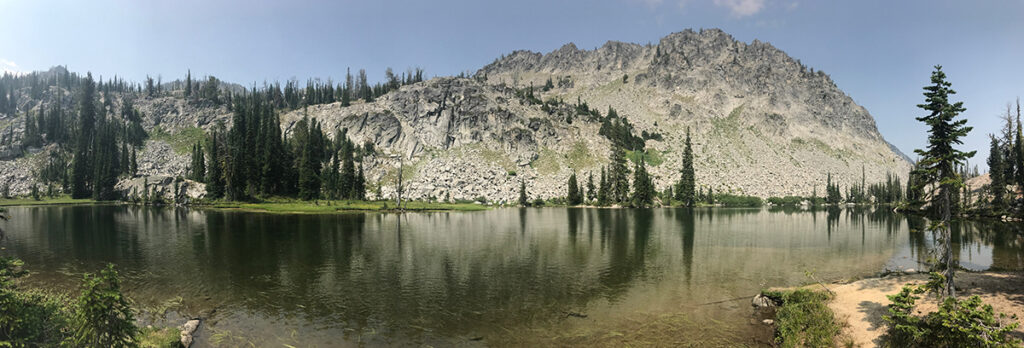Cover photo courtesy Molly Heer
A sign marking the boundary of National Forest Land might make one think that the patch of desert or woods behind it belongs to the United States Forest Service or Bureau of Land Management, but it really belongs to all of us.
When Derrick and I started adventuring together, always on a budget, we were dedicated non-profit employees in the first decade of the 2000’s. I would longingly look at resorts as we drove on by farther into the middle of nowhere. My ever-cheerful companion, on the other hand, seemed to know all the dispersed camping spots, trails and amenities that went with all types of recreation land just about anywhere we went and would snicker. It wouldn’t have mattered if we could afford the luxury room with a pool—he was headed toward some beautiful free spot with wide-open views and plenty of fresh air out on our public lands. “Why purchase a vacation home,” he would exclaim as I looked around for the outhouse (knowing full well that a shower was not going to happen), “when we already own all of this!”

His obsessive preference for public lands camping and access to millions of acres of largely pristine country is shared among many of his adventure comrades. It took me a while though to fully appreciate the gravity of what that privileged access truly means. The vast amount of that publicly-owned land held by our federal, state, and local and regional agencies to manage and care for is a unique part of living here in the United States that we should all cherish and not take for granted. We might pay some user fees, or amenity fees for camping (or a shower!), but really this land is owned by all of us, and we need to step up and do our part to make sure public lands are protected, funded, and taken care of as best we can.
Whether your favorite public lands trail, campground, boater access, wildlife watching or hunting spot, or vast swath of wilderness is managed by the U.S. Fish and Wildlife Service, Washington State Parks, Bonner County, the City of Spokane, the National Park Service or some other entity, just paying your taxes isn’t enough to ensure these places will continue to thrive the way they should.
Our annual Public Lands Guide is a call to all of us to ask not just what the hard-working caretakers of these precious lands and the taxes we pay can do for us, but what else we can do for the places and the wildlife that we love. We hope this guide will inspire you to learn about and get involved with some of the organizations and agencies featured here. Consider signing up for a trail work or restoration project. Put some volunteer time or a small bit of your paycheck to work for one of these non-profit conservation and outdoor recreation advocacy groups and their meaningful campaigns. This land is our land, after all.
Sponsored













